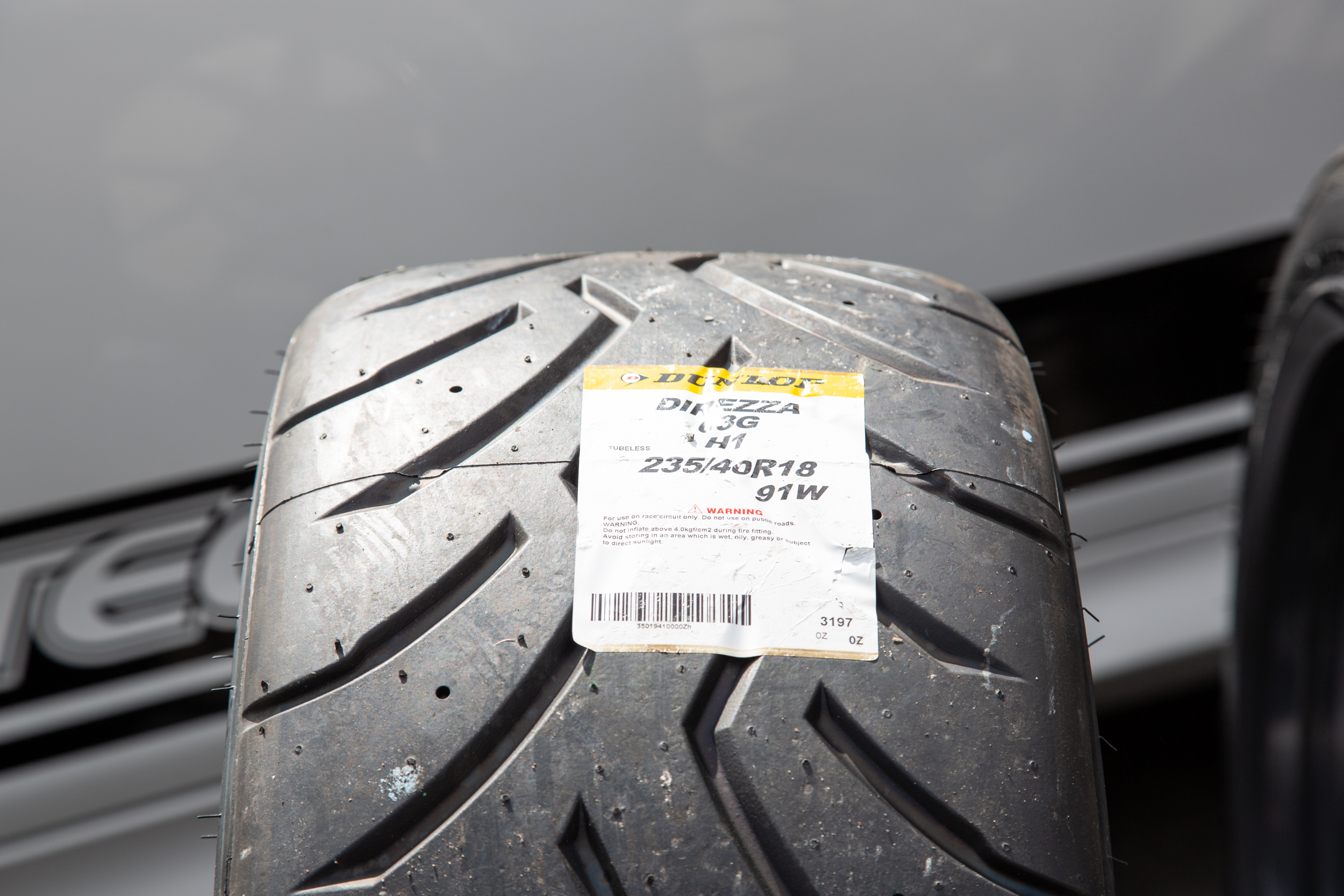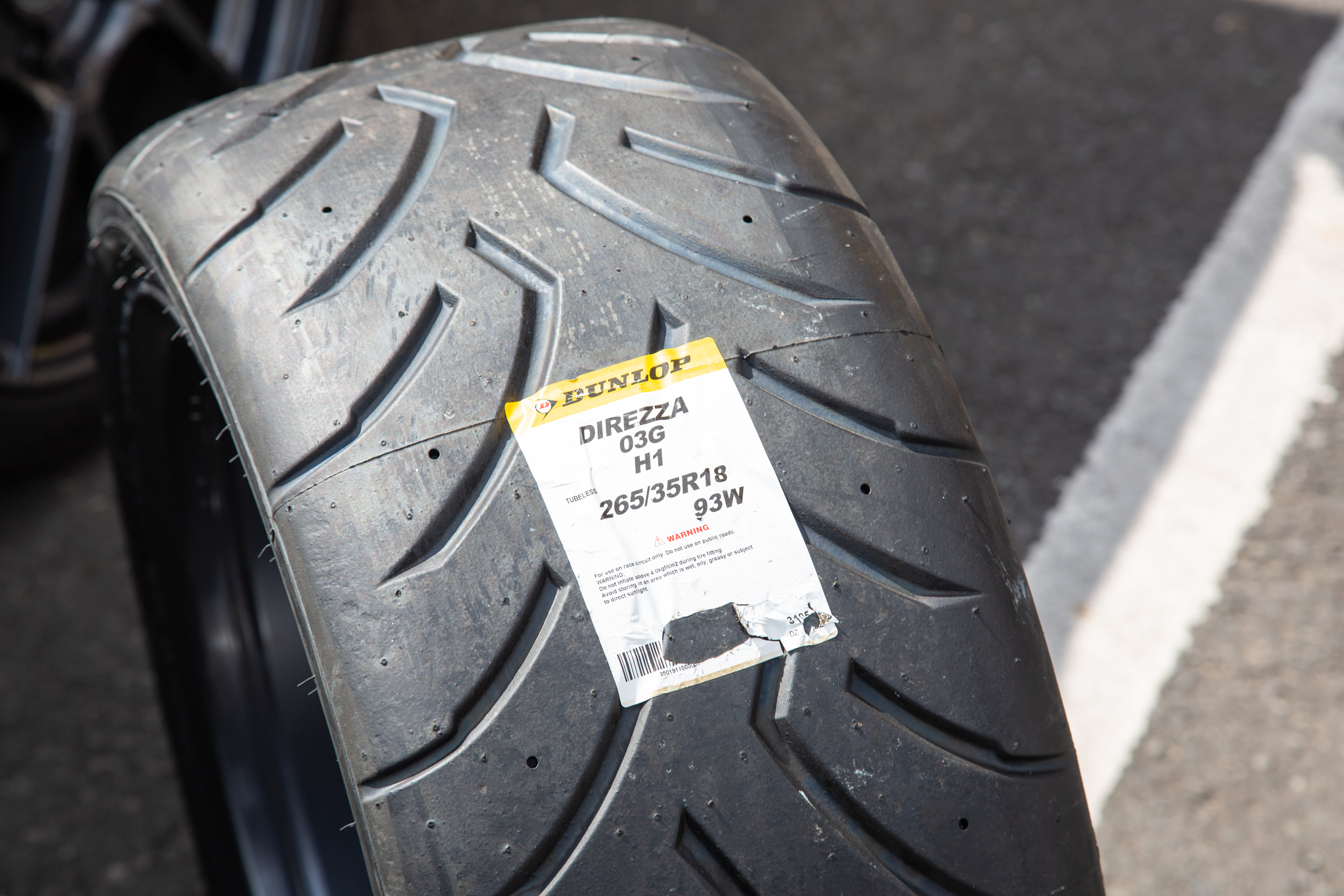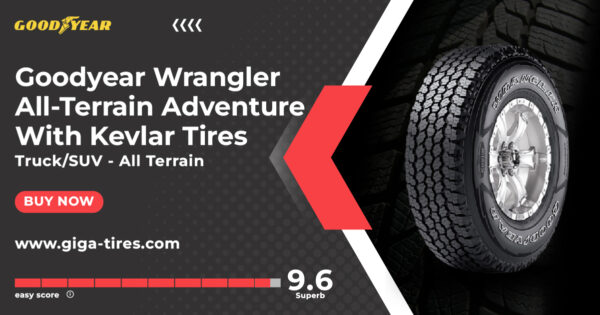All Categories
Featured
Table of Contents
The Michelin supplied a comfy driving experience, characterised by responsive guiding and a progressive understeer balance. Despite the cooler testing problems, Michelin's constant time and grip over three laps shows its viability for real-world applications.
Another significant facet was Yokohama's workout time. The tire's first lap was a 2nd slower than the second, aiming to a temperature-related grip rise. This recommends the Yokohama may shine in completely dry, race-like conditions. For everyday use, the Michelin may be a safer wager. Successor was the Hankook.
Cost-effective Car Tyres – Guildford WA
It shared Michelin's safe understeer equilibrium but did not have the latter's readiness to transform. Continental and Goodyear's performances were notable, with Continental's new PremiumContact 7 revealing a substantial enhancement in wet conditions compared to its predecessor, the PC6. This model was much much less sensitive to pack changes and acted just like the Michelin, albeit with somewhat less communication at the restriction.
It integrated the secure understeer balance of the Michelin and Continental with some sporty handling, confirming both predictable and quick. As an all-rounder for this Golf GTI, Goodyear's Crooked array was the standout, showing excellent performance in the damp. The Bridgestone Potenza Sporting activity took the crown as the fastest tire, albeit by a small margin.
Vehicle drivers looking for an amazing wet drive could discover this tire worth considering. The standout entertainer in wet braking was the most recent tire on examination, the PremiumContact 7, though the results are nuanced.
Tyre Shop Services
Ideally, we desired the chilly temperature level examination to be at around 5-7C, but logistical delays suggested we evaluated with a typical air temperature of 8C and water at 12C. While this was cooler than typical examination conditions, it was still warmer than real-world conditions. The warm temperature examination was done at a standard of 18C air and 19C water.
The 3rd run entailed wet stopping examinations on worn tyres, particularly those machined to 2mm with a little run-in. While we intended to do even more with these used tires, weather condition restrictions restricted our testing. However, it's worth keeping in mind that damp braking is most vital at the worn state, as tires usually improve in dry conditions as they put on.

Bridgestone, Goodyear, and Michelin saw the least efficiency reduction when put on. The Hankook tire registered the smallest efficiency decline as temperatures cooled, yet it was amongst the most impacted when worn.
Affordable Cost-effective Car Tyres Near Me
The take-home message right here is that no solitary tyre excelled in all elements of wet braking, indicating an intricate interplay of elements influencing tyre efficiency under different conditions. There was a standout tyre in aquaplaning, the Continental ended up top in both straight and bent aquaplaning, with the Michelin and Goodyear likewise excellent in much deeper water.

Yokohama might take advantage of slightly even more grip, a problem potentially influenced by the cooler conditions. As for taking care of, all tyres executed within a 2% array on the lap, showing their top quality performance (Car tyres). Nevertheless, thinking about these tires basically target the same consumer, it interests observe the considerable differences in feel.
The shock is because the PremiumContact 6 was just one of my favourites for stylish completely dry drives, yet its follower, the PremiumContact 7, seems extra mature and looks like Michelin's efficiency. Amongst these, Hankook was the least exact in guiding and interaction at the limitation. Performance tyres. Both Michelin and Continental supplied charming preliminary guiding, albeit not the fastest
If I were to suggest a tyre for a fast lap to a beginner, claim my father, it would be just one of these. We have the 'enjoyable' tires, specifically Yokohama and Bridgestone. Both were swift to steer and felt sportier than the others, yet the trade-off is an extra spirited back side, making them a lot more difficult to take care of.
Trusted Tyre Maintenance – Guildford 6055 WA
It supplied similar steering to Bridgestone but supplied better comments at the limit and far better hold. The Bridgestone Potenza Sporting activity, nevertheless, seemed to weaken fairly promptly after just 3 laps on this requiring circuit. Last but not least, there's Goodyear, which placed itself somewhere in between the fun tyres and those tending towards understeer.
Overall, these tires are excellent performers. For road use, I 'd lean towards either the Michelin or Goodyear, depending on your particular preferences. In terms of tire wear, the approach used in this examination is what the market describes as the 'gold criterion' of wear. The wear professionals at Dekra conducted this test, which included a convoy of vehicles passing through a thoroughly prepared route for 12,000 kilometres.
Both the Bridgestone and Yokohama tyres dramatically underperformed in contrast to the various other four tyres in terms of rolling resistance, with Continental a little outshining the remainder. Regarding the convenience level of the tyres, as anticipated, most showed an inverted correlation with handling. The Continental, Michelin, and Goodyear tyres executed best throughout numerous surface types evaluated.

Bridgestone started to reveal indications of suppleness, while Yokohama was specifically disconcerting over potholes. We did gauge inner sound levels; however, as is typically the instance, the outcomes were very closely matched, and due to weather constraints, we were incapable to perform a subjective analysis of the tires noise. Finally, we took a look at abrasion numbers, which measure the quantity of tyre tread lost per kilometre, normalised to a one-tonne lorry.
High-performance Tyres Near Me
This figure represents the amount of rubber dust your tyres produce while driving. Michelin led in this classification, creating over 9% less rubber particulate matter.
Latest Posts
Affordable Tyre Inspections – Swan
Leading Tyre Warranty – [:suburb]
Top All-season Tyres Near Me – Balga WA